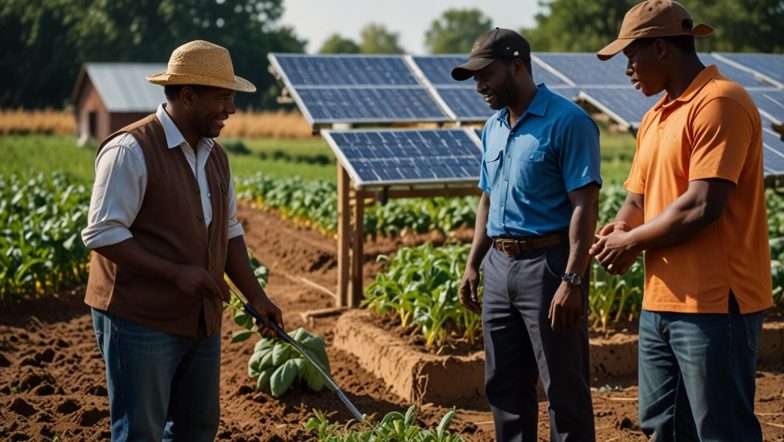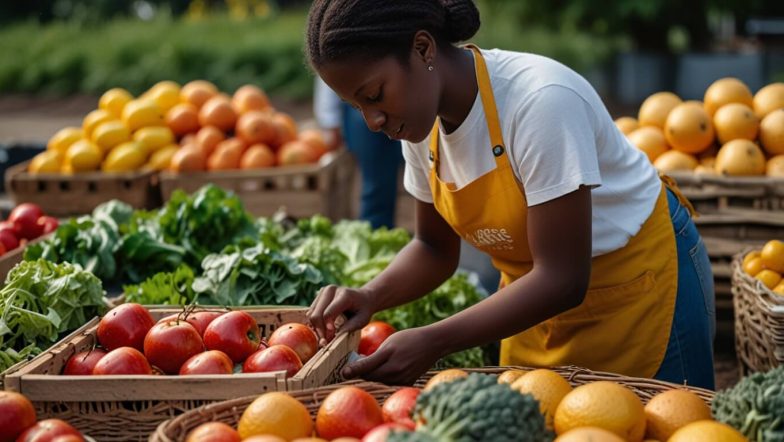Lately, I’ve been deeply moved by the growing issue of food insecurity, especially among vulnerable populations. It’s become clear to me that millions of people, not just in Nigeria but worldwide, face significant challenges in accessing affordable, nutritious food. This isn’t just about hunger but about health, dignity, and opportunity. Today, I want to examine the rising need for affordable nutrition solutions and explore some of the innovative approaches making a difference.
The Current Landscape of Food Insecurity in Nigeria
The numbers are staggering. Nigeria, with a population of over 206 million, has a significant portion of its people living below the international poverty line. Around 40% of Nigerians survive on less than N2,870 daily, with another 25% considered vulnerable.
Recent austerity measures, such as currency devaluation and the removal of fuel subsidies, have exacerbated the situation, leading to soaring inflation rates. As of September 2024, inflation hit 32.70%, with food prices being a major driver. These aren’t just statistics, they represent real families and communities struggling to survive.
The Nutrition Gap
What makes this issue even more complex is the nutrition gap. Even when food is available, it often lacks the necessary nutrients for a healthy diet. In Nigeria, chronic malnutrition has led to stunting in children, which hampers both physical and cognitive development.
This has long-term consequences:
- Malnourished children perform poorly in school
- Malnourished adults are less productive at work, perpetuating a cycle of poverty.
Addressing this issue isn’t just about providing food—it’s about ensuring access to affordable, nutrient-dense options.
Innovative Solutions on the Rise
Thankfully, there’s hope. Across Nigeria and beyond, innovative solutions are emerging to tackle the dual challenges of affordability and nutrition. Here are a few that have caught my attention:
- Fortified Foods and Biofortification
One promising approach is the use of fortified foods and biofortified crops. Fortification involves adding essential vitamins and minerals to staple foods, while biofortification enhances the nutritional value of crops during cultivation. For example, the HarvestPlus program has introduced vitamin A-enriched cassava and iron-rich beans to Nigerian markets. These crops are affordable and provide critical nutrients often missing in local diets. - Technology-Driven Solutions
Technology is playing a key role in addressing food insecurity. Mobile apps like Farmcrowdy connect smallholder farmers with consumers, reducing food waste and ensuring fresh produce reaches those in need. Platforms like ThriveAgric use data analytics to help farmers optimize yields, making nutritious food more affordable and accessible. - Policy and Advocacy
Policy changes are essential for sustainable solutions. Governments and NGOs are advocating for policies that support smallholder farmers, reduce food waste, and promote nutrition education. For instance, Nigeria’s National Food Safety and Quality Bill aims to improve food safety standards, ensuring even the most vulnerable have access to safe, nutritious food. The success of these solutions depends on widespread awareness and education.
Social media campaigns, workshops, and school-based programs can empower healthier choices. Together, we can create a future where no one has to choose between feeding their family and meeting other basic needs.






Leave a comment